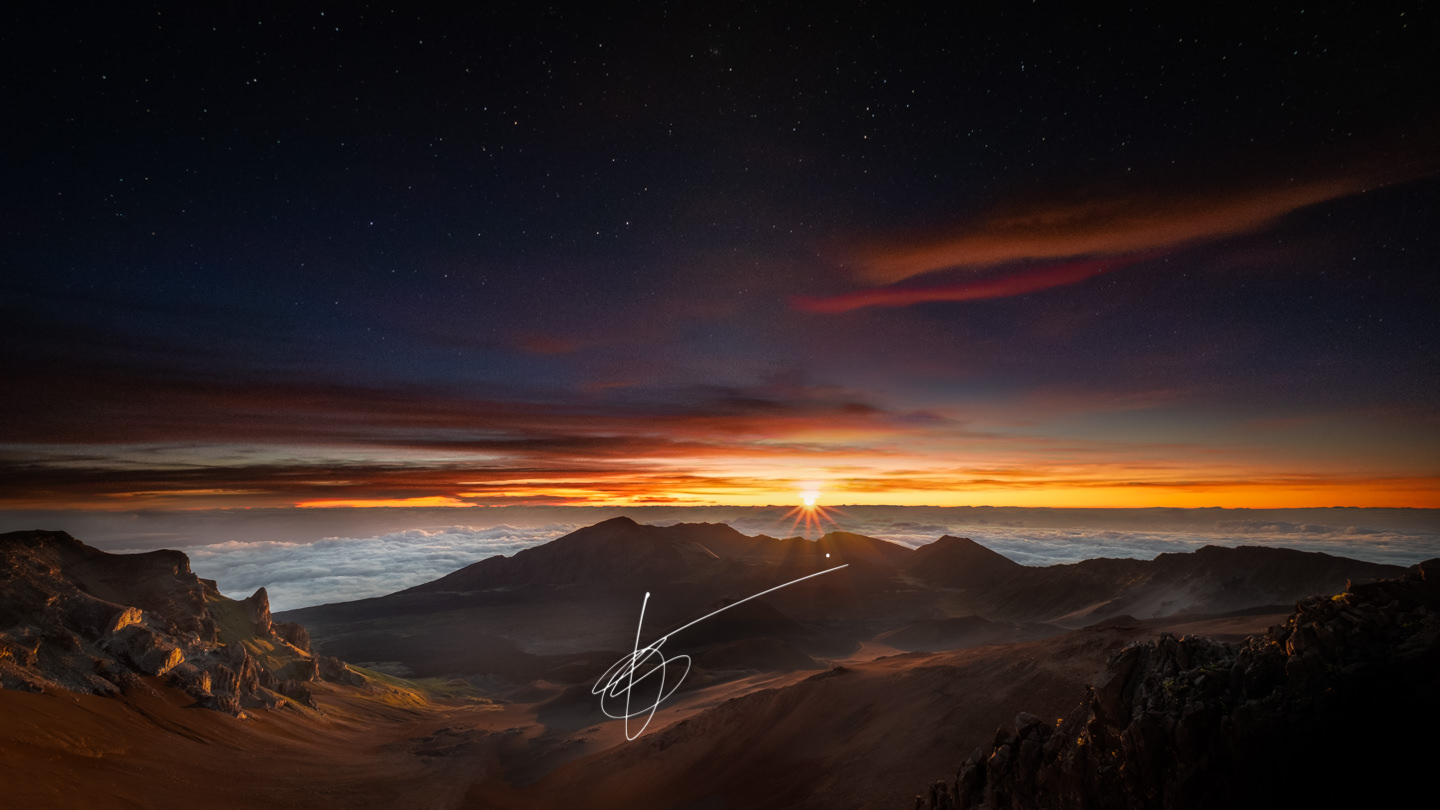Some of my friends joke that I never sleep. That's because they see me publishing photos taken any time of the day.
As a landscape photographer, I often shoot during the Blue Hour or the Golden Hour, when the light is absolutely amazing. With my recent interest in street photography, I now shoot a lot during the harsh light of the day as well. Or at night, playing with artificial light.
And in Winter, I often wake up to capture a good sunrise.
There is a hint of truth in my lack of sleep joke, but I don't particularly enjoy waking up before 5am. Therefore, most of my sunrises are taken between November and March when the sun has the decency to make its appearance late enough.

F/8.0 | ISO 200 | 120 seconds |
Lee Big Stopper ND10 + Astia Soft film simulation
In a country like the UK, where I'm based, you're often at the mercy of the weather, so planning can become a pointless exercise. This is an island with strong winds; therefore, clouds are everchanging. Even deciding whether to wake up early the next morning for sunrise is a bit of a gamble.
But it's always worth trying because the reward can be a great photo. Or at least a very enjoyable moment in awe of Nature.
So, I'll tell you what I usually use to plan these shots.
Planning
First, it helps to know a bit about weather conditions.
For example, the air is usually cleaner in winter because there is less pollution. Particles in the air scatter the amount of light, making it to the ground, so the colour intensity of sunrise is reduced with pollution.
Also, bad weather is more common in Winter, so you can often have clouds in the sky bouncing the rays of sunlight.
Now, for the apps I use: PhotoPills and The Photographers' Ephemeris are my main tools here.
- PhotoPills is a paid app available for both iOS and Android. It has a huge amount of features to plan sun and moon shots or even just to calculate exposure, depth of field and timelapse. It's so comprehensive you could spend days trying features and settings. I use PhotoPills mainly to understand alignments and decide where to shoot. And with the focal length calculator or the subject distance calculator, I can also plan minute details.
- The Photographer's Ephemeris is again available for iOS and Android but also has a free web version. It's more specific because it only offers times and alignments, but it does its job very well.
There are other options like GoldenHour, Helios, Suncalc, Mooncalc… But I always use the two I just mentioned.
The Shot
For this particular shot, I checked the apps to find where to go and set on London Bridge for a view of Tower Bridge with the sun appearing behind it. It's not my favourite view from that bridge because I think the scene is too crowded with the HMS Belfast ship and the pier. But at least there are no high-rise buildings behind Tower Bridge from this angle.
The night before, I looked at the forecast, and it was OK. It said it would be clear at night, with clouds forming in the early morning. When I woke up, I looked outside the window and saw a wall of clouds. But it had gaps, so I was hopeful the sun could make its way through.
So I made my way towards London bridge and set up my gear.
I took a few test shots with my beloved 10-24mm lens, but they were too wide. So I switched to the 18-55mm to get closer. Not too close because I didn't want to truncate anything and make the photo look sloppy (most notably the pier to the right). I also moved a few steps to have the ship aligned with the middle of Tower Bridge and then started shooting.
The water was calm, and being early on a Saturday there were not as many boats as usual. But I wanted to achieve an even flatter look, so again I decided to use a Lee ND filter for a long exposure. I took some shots, changing the shutter speed by 20” increments.
I finally decided I would get the look I wanted with a 2-minutes exposure, also taking into account that the light would brighten up quickly.
In the meantime, the sun rays began painting colours… The show was starting.
Output
In the end, I shot 5-6 long exposures until the sun was close to appearing. Then went for a timelapse of the whole sunrise, which I published in my Instagram stories.
I also used my other camera to take photos of St. Paul's behind me with cute pink clouds.
So, early wake-up, yes, but totally worth it.
If you wish to see more of my sunrise/sunset shots, there's a whole series of pictures in my Instagram feed. With amazing skies captured around the world.
Gear
As with every episode of this Story Behind The Shot series, I link the gear I use here, in case you're interested.
- Fujifilm X-T2: https://amzn.to/3bvvjwJ
- Fujinon XF 10-24mm f/4: https://amzn.to/2U4l7Dw
- Fujinon XF 18-55mm f/2.8-4: https://amzn.to/2wVHOSt
- Lee Filters Big Stopper ND10: https://amzn.to/2IJyzXV
And that's it for episode 3! Read episode 1 and 2 as well!
Thank you all.
And stay safe.


